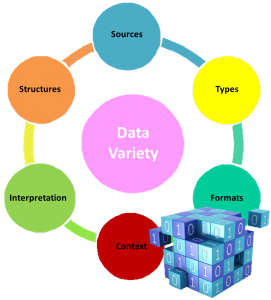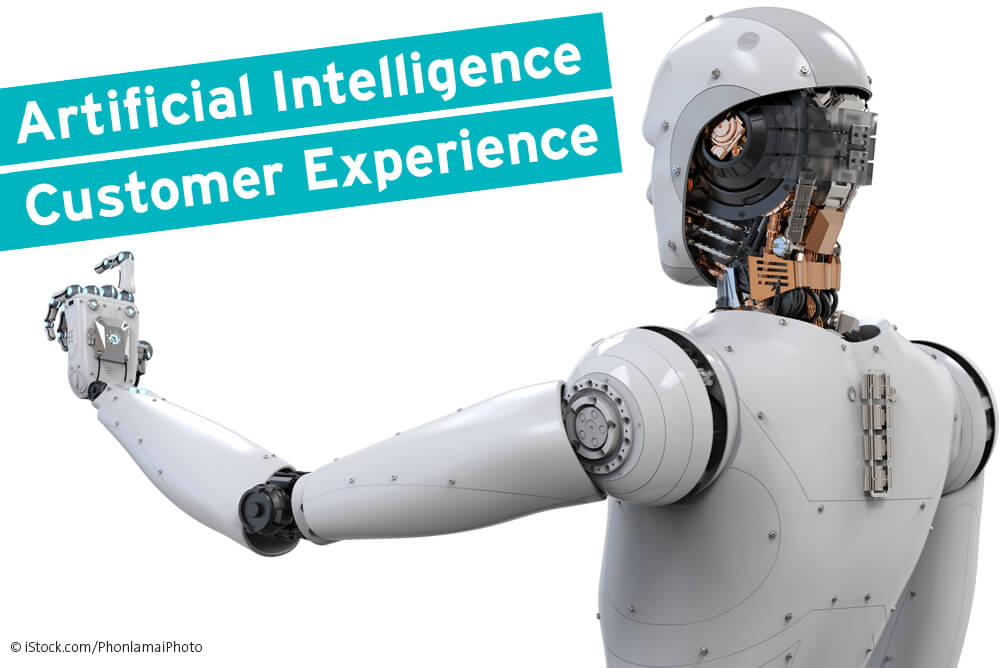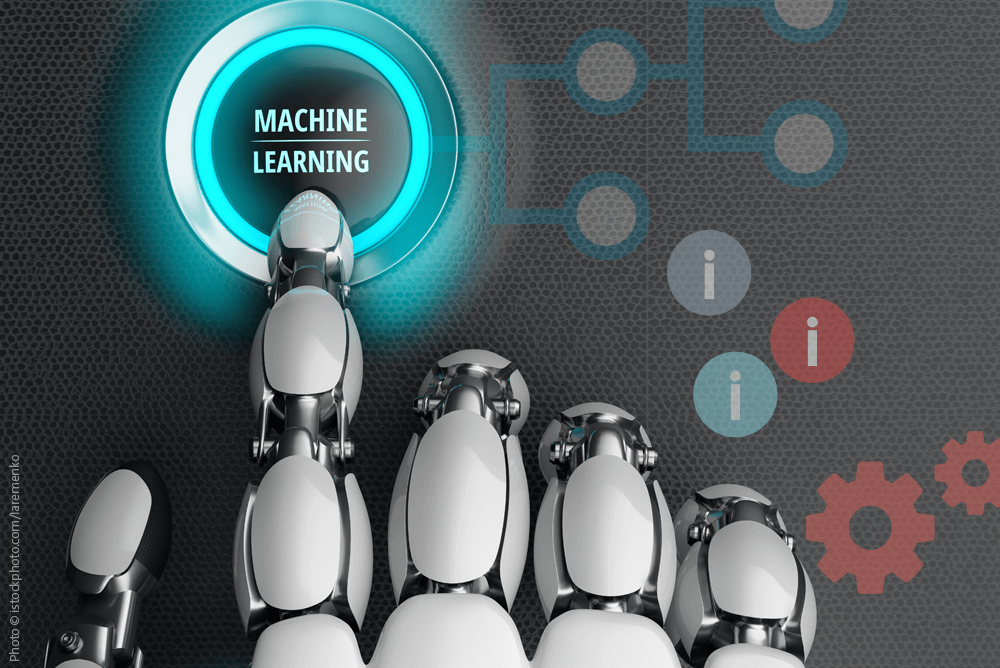Millennials are often labeled as being less social than preceding generations because they use smartphones and tablets sometimes more often than they physically interact with people. For them, however, these devices are not a boundary to communication, but rather a portal that allows them to establish relationships and achieve goals across a vast geographical space. Customer-to-business interactions (and vice versa) are lagging behind given these developments. Granted, some transactions have become less complicated, such as online purchasing and mobile banking. But sometimes, more important transactions leave much to be desired, as businesses in the banking and insurance sectors do not have the capacity to respond to e-mails and text messages in real time. So what are the implications for business-customer relationships?
The contact center is today's omnichannel
CRMXchange has been conducting research on how contact centers can provide an outstanding customer service experience.1 Numerous vendors were interviewed as part of the research, revealing ideas on which steps contact centers can take to better cater to increasingly connected customer pools. Modern contact centers have a vital role to play in the direction in which customer communication is headed, as they move towards a more customer-focused philosophy. The flow of information into and out of an organization is increasingly becoming the task of the contact center. In order to live up to this task, they must support whichever communication channel the customer chooses as well as integrate the customer’s communications into a single thread of exchange. However, the growing volume of communications across all channels means grappling with more complicated tasks than fluid interactions. The challenge is to continue to provide excellent customer service regardless of ballooning volumes of unstructured data.

Data Variety (c) Enterra Solutions
In the past, customers would send letters to businesses and those letters would be received by the businesses’ customer service agent. These agents would respond to the customer queries in consultation with customer records and sometimes a supervisor. Nobody would bat an eye if the letter in response to the customer query was only sent a week or more after the query was received.
In today’s fast-paced world, it would be a constant task just to open the mountains of envelopes from customers, if that method of communication was still being used. Email has thankfully kept that task at bay. Now, the challenge becomes responding to large volumes of emails in near real time. It is no longer wise to handle email volumes manually. This is an important consideration in a world where customer experience affects customer loyalty directly and the expectation is for quick qualitative responses. Experimentation with tools that allow for automated communication is growing. However, there are more challenges than benefits to using simple tools that use keyword triggers on unstructured communications across different channels.
Unstructured content can be better understood with Artificial Intelligence
The real difficulty is that inbound correspondence is often unstructured and its content can be ambiguous. For example the word “break” has about 75 different meanings as a verb or a noun. How would non-AI system distinguish between somebody who wants to "break the contract", just wants a "break on the pricing" or complaints about a "broken service". It seems impossible for a keyword-based system to take the context of the use of the word into account before concluding the meaning it has within that context. But that is the reality; that is what keyword-based systems are used for nowadays.
This is where the joint use of Semantic Language Understanding and Natural Language Processing meets Artificial Intelligence (AI). Keyword-based systems have the disadvantage of only being as advanced as the people behind their creation, which is not effective. AI-based solutions are different because of their approach. They create an algorithm which incorporates agent response content in order to understand the customer’s sentiment as well as the context of the request. This, in turn, means that the AI system is able to accurately direct traffic by using the knowledge of the best minds in the organization. The algorithm takes on more and more information and improves with time. The solution will, at some point, be able to respond appropriately to requests.
Losing Agent expertise is a real problem for contact centers
It is both costly and time-consuming to train agents to become subject matter experts in more complex industries. Even with a well-trained and experienced workforce, several factors can be catalysts that throw the balance out. These factors include regular changes in portfolio and environmental surrounding or regulation change. The static knowledge systems employed thus far cannot respond quickly enough to keep up or require a disproportionate amount of effort to be updated. Using an AI solution would alleviate this by fashioning actions by the AI around what a few experts do. As the AI acquires this knowledge, it is eventually able to teach scores of agents to become experts by addressing queries they have never encountered and suggesting answers to complex questions. This is a clear improvement on older training programs.
Outstanding customer service achieved with the aid of a machine
Contact centers face two great challenges: understanding requests and seeing to it that they are resolved efficiently. Artificial Intelligence is able to make these problems surmountable. Before the automation of certain customer-business interactions, it was unheard-of to think that a machine would improve customer service. Yet, this is happening today. AI technology enables companies to offer their customers an intelligent way to find answers or solve their problems by themselves and by that to deflect contacts. For more complex inquiries, AI can support customer service agents to handle the customer inquiry more efficient so that they can provide faster and more personalized service. There is no doubt that technology has made some interactions more complicated by adding interfaces, devices and screens between what was once face-to-face interaction.



